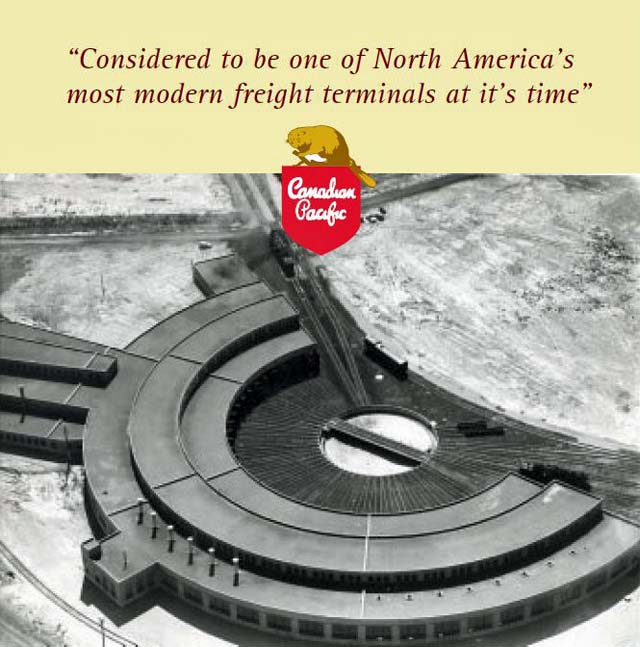|
Page 1 of 9 - Prior - Next

 As an alumnus of this prestigious facility,
I was honoured to write the foreword. I worked at St. Luc from 1978 to 1993 in almost every capacity, on all shifts, and with every possible
combination of days off imaginable. As an alumnus of this prestigious facility,
I was honoured to write the foreword. I worked at St. Luc from 1978 to 1993 in almost every capacity, on all shifts, and with every possible
combination of days off imaginable.
St. Luc has been and remains a solid contributor to our overall success as a company by ensuring our locomotive fleet is available and reliable to
meet our customer needs. St. Luc has demonstrated leadership, especially in your approach to safety, which has established the shop as a leader
among peers.
When I think about my time at St. Luc, I remember all the great people I worked for and worked with. The dedication and loyalty of all employees
in the face of challenging circumstances throughout your storied past is something we can all be proud of.
Happy 50+ Anniversary St. Luc, and allow me to wish you continued success.
James Cunningham - Vice-President Mechanical Services.
ST. LUC DIESEL SHOP
More Than 50 Years
This Anniversary Bulletin is dedicated to the hundreds of railway employees
who have worked at the St. Luc Diesel Shop over the last half-century.
In July 1950, St. Luc Yard officially opened and replaced Outremont and Hochelaga yards as
Canadian Pacific's principal Montreal freight terminal. Considered to be one of North America's most modern freight terminals at the time, the
almost 700-acre yard had taken two and a half years to build at a cost $12 million. With more than 120 kilometers of track, the sprawling terminal
consisted of a fifteen-track receiving yard with a capacity to handle 1,151 cars, a 40-track, 1,550-car capacity classification yard, which
featured Canada's first gravity-fed hump retarder, and an eight-track departure yard to accommodate 220 cars. In addition, the yard had nine
storage tracks, a 300-car repair yard, four-tracks to hold 65 cabooses, and two 20-car icing tracks.

St. Luc Yard also boasted a 37-stall roundhouse also known as the steam shop, for the
company's steam locomotive fleet. The roundhouse had full steaming facilities, which permitted a steam locomotive to drop its fire and operate
with a charge of live steam from the nearby power plant. It also featured a cinder disposal plant, a sanding station, and a three-track 400-ton
capacity coal chute. However, in a sign of the significant changes to come, ten of the stalls were dedicated to the servicing of the fast-growing
fleet of modern diesel powered locomotives.
Page 1 of 9 - Prior - Next
|

|
Vancouver Island
British Columbia
Canada
|
|